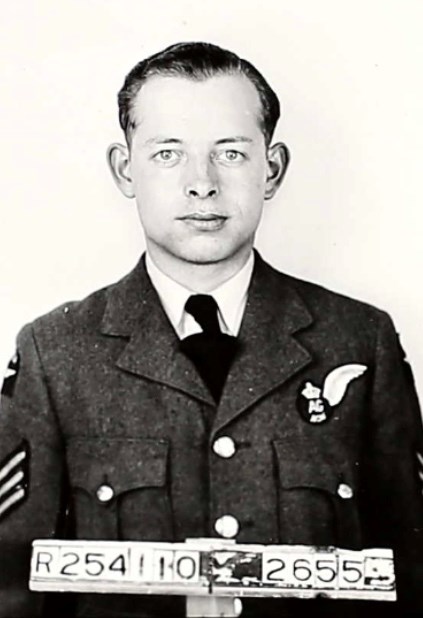MOOSE JAW — Flying Officer Clarence Gordon Gavan was participating in a training exercise over the skies of northeast England on Nov. 6, 1944, when he lost control of his Spitfire aircraft and crashed into the woods below.
The Moose Jaw-born pilot, 28, had just completed a machine-gun activity with another Spitfire when the two began chasing each other before making a dummy attack on a passing Lancaster bomber. However, Gavan was unable to pull out of his dive and crashed southwest of Grimsby, Lincolnshire, England.
Gavan was the son of John Michael and Belle of Moose Jaw.
Warrant Officer II Howard Eldon Bradley, 23, with the Royal Canadian Air Force, had been attached to the Royal Australian Air Force as a wireless air gunner on a Wellington bomber flying out of Africa.
The plane was on an armed reconnaissance patrol near Sardinia, Italy, on July 13, 1943, when the crew had contact with the enemy at 11:20 p.m. The air base lost contact with the bomber, while it failed to return from its search of the sea around the Italian island. It was presumed that a night fighter or anti-aircraft fire shot down the aircraft.
Bradley was born on Dec. 1, 1919, in Weyburn, to William and May Bradley and was the brother to sisters Eileen and Maureen and brothers Lindsay and Creighton. He moved to Moose Jaw in 1932, where he attended school and joined the Canadian Pacific Express.
He enlisted on July 28, 1941, in Brandon, Man., and graduated as a wireless operator and bomber in March 1942, while he arrived in England a few months later.
Bradley’s body was never found, so his name was etched into the Malta Memorial, along with 2,293 other men whose bodies were never recovered.
Flight Lt. Harry Curd Bennett, 27, was a Spitfire fighter pilot with 406 Lynx Squadron and was training in England on Aug. 13, 1943, when he collided with a Wellington bomber. Bennett’s plane lost its wing and spun into the ground near Suffolk, England; everyone on both planes died.
Bennett was the son of George and Annie Bennett of Moose Jaw and the husband of Jeanne Olivia (née Wimbles) of Vancouver, British Columbia. He is buried at Beck Row (St. John) Cemetery in Suffolk, U.K.
Flight Sgt. Arie Gordon Baxter, 21, was a mid-gunner on Lancaster bomber No. 768, which was flying toward Soest, Germany on the evening of Dec. 5-6, 1944, when it collided with another aircraft of 428 Ghost Squadron and crashed, killing everyone on board.
Baxter was the son of Gordon and Ella Baxter of Moose Jaw. He was buried in Brookwood Military Cemetery in Surrey, U.K., about 48 kilometres away from London.
Flight Sgt. William Henry Cook, 26, was an air gunner on a Lancaster bomber with the Royal Air Force’s 550 Squadron and was on a mission to bomb the Prosper Benzol Plant at Bottrop, Germany on Feb. 3, 1945.
However, during the flight, a German night fighter shot down the aircraft, which crashed at Nieuweweg road, Westerbeek, Noord-Brabant, Holland. The plane was initially reported missing before authorities confirmed that it had crashed and everyone on board was dead.
Cook was the son of Ernest and Mary Louisa Cook, who lived at 1037 Clifton Avenue, and the brother of Ron. He attended Ross and King Edward schools and Central Collegiate. He had been a member of the air cadets and went overseas in 1944.
Cook was buried in the Oploo (Westerbeek) Roman Catholic Cemetery in the Netherlands.




